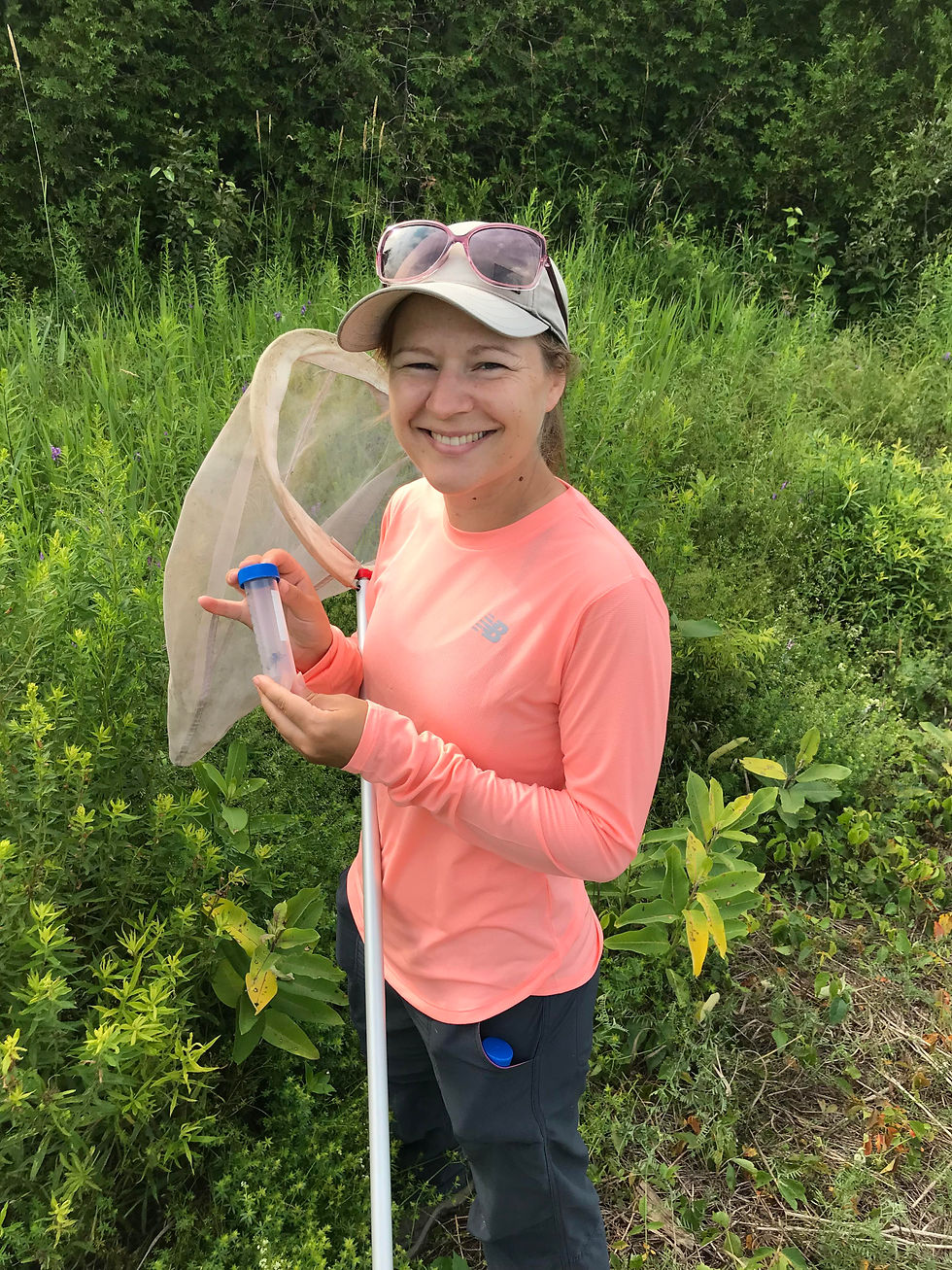IT’S SPRING – TURTLE EGG LAYING TIME!!
- Muskrat Watershed Council

- May 23, 2023
- 3 min read

Turtles are no spring chickens, they’ve been roaming the earth for a long time - over 200 million years! Turtles have lived alongside dinosaurs and are older than even crocodiles and birds. Just like chickens, turtles lay eggs.
Being a turtle is no easy existence. As babies, they need to make it on their own right from the beginning. After Mom finds the perfect location on land to dig her nest and lay eggs, she walks away. “Bye Kids!”. For the young turtles, it is all nature, no nurture.
Here are a few facts about turtles:
They can be as small as 4 inches while others can weigh up to 1500 pounds.
Turtles can sleep underwater.
Some turtles can store sperm in their bodies for up to four years.
For most species, their body is protected by the shell that is made of its own rib cage and spine.
Turtles have great vision, but no teeth. They have beaks instead.
Due to being cold-blooded, they depend on their environment for body temperature.
Few turtles make it to adulthood – out of 10,000 snapping turtle eggs, only 7 become adults.
Egg laying time is mid May to early July.
If you want to help turtles beat the odds there are ways to help:
Watch for turtles on the road. If it is safe to do so, move the turtle off the road in the direction the turtle was heading but make sure you’re doing so safely for both yourself and the turtle!
It’s fairly easy to pick up a turtle unless it’s a snapping turtle. All you have to do is use both hands to grab the turtle on both sides of the shell with a firm grip. The turtle might pee on you or scratch out of fear, so be prepared and gently set it down in the direction it was headed.
If you’re moving a snapping turtle, you need to be careful. Snapping turtles are deceptively fast, have an impressive ability to stretch and lunge, and they have a 147 pound bite force!
Do not grab the sides of the shell of a snapping turtle!
One option is to use the wheelbarrow method: grab the back of the shell near the back legs and lift the turtle, walking it forward. The turtle will either walk on its front legs or you can slide it along as the tough skin of the turtle will protect it just fine.
Another option if you happen to have a shovel, use it to lift and move the snapping turtle off the road. Don’t have a shovel? Find a long stick and get the turtle to bite it so you can drag the turtle off the road. Whichever option you choose, make sure you put the turtle in the direction it was going (otherwise, it’ll just end up going back on the road!)
Regardless of what kind of turtle it is, you can take a picture of the turtle with your phone and upload it to Ontario Nature’s Reptiles and Amphibians Atlas, which features the most up-to-date maps of turtle species across Ontario. By snapping a shot, you add to the map’s accuracy and, ultimately, to conservation efforts.
Protect the turtle eggs with a nest protection box. Be sure to check out the website below to learn how to make one. It is important to follow the details so your box helps instead of hinder the turtles.

Learn about me and make it snappy.
To learn about the 8 species of turtles in Ontario look to the site below and find out how to identify the turtles you see. Which one is it? The Blanding, Western or Midland Painted, Northern Map, Snapping, Spiny Softshell, Stinkpot, Spotted or the Wood Turtle.
Have fun spotting turtles this summer!





Comments